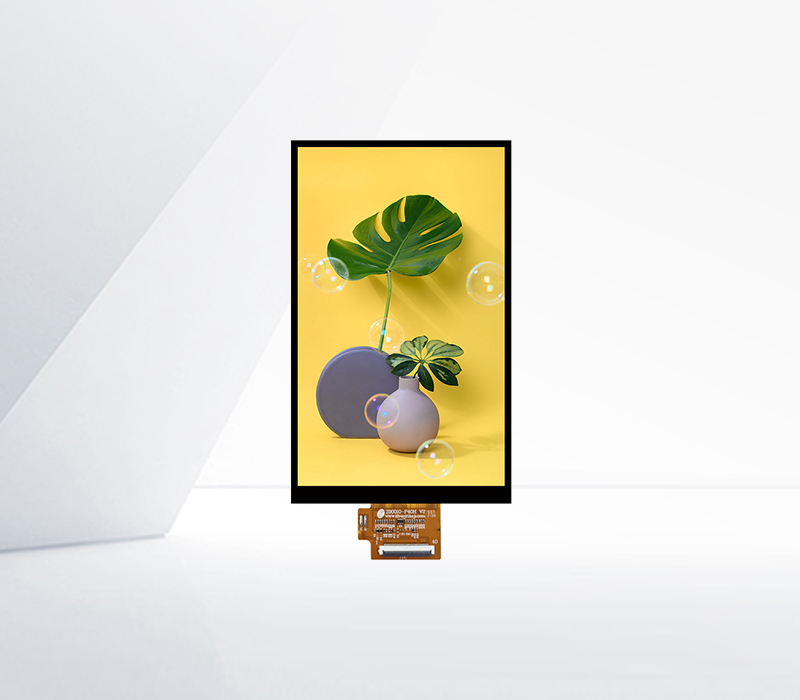




Liquid crystal displays (LCDs) equipped with HDMI (High - Definition Multimedia Interface) have become increasingly popular due to their ability to transmit high - quality audio and video signals. The HDMI interface is a digital connection standard that offers several advantages over traditional analog interfaces.
Firstly, HDMI provides uncompressed high - definition video and multi - channel audio in a single cable, simplifying the connection process. This is particularly beneficial for users who want to connect their LCDs to various devices such as gaming consoles, Blu - ray players, laptops, and set - top boxes. For example, when connecting a PlayStation 5 to an HDMI - enabled LCD, gamers can enjoy stunning 4K or even 8K resolution graphics with immersive surround sound, all through a single HDMI cable. The interface supports a wide range of video formats, including standard - definition, high - definition, and ultra - high - definition, ensuring compatibility with different content sources.
The HDMI interface also supports features like High - Dynamic Range (HDR), which enhances the contrast, color accuracy, and brightness of the displayed images. HDR - compatible LCDs with HDMI can reproduce a wider range of colors and more detailed dark and bright areas in the video, providing a more lifelike and visually appealing viewing experience. Additionally, HDMI allows for the transmission of additional metadata, such as audio format information and display settings, enabling seamless communication between the connected devices and the LCD.
In terms of physical design, HDMI ports on LCDs are standardized, making it easy for users to identify and connect the appropriate cables. There are different types of HDMI connectors, including Type A, Type C (Mini - HDMI), and Type D (Micro - HDMI), to accommodate various device sizes and form factors. The durability of the HDMI interface is also notable, with connectors designed to withstand repeated plugging and unplugging without significant wear or signal degradation. This makes HDMI - enabled LCDs a reliable choice for both home entertainment and professional applications, such as in digital signage and video conferencing systems.
